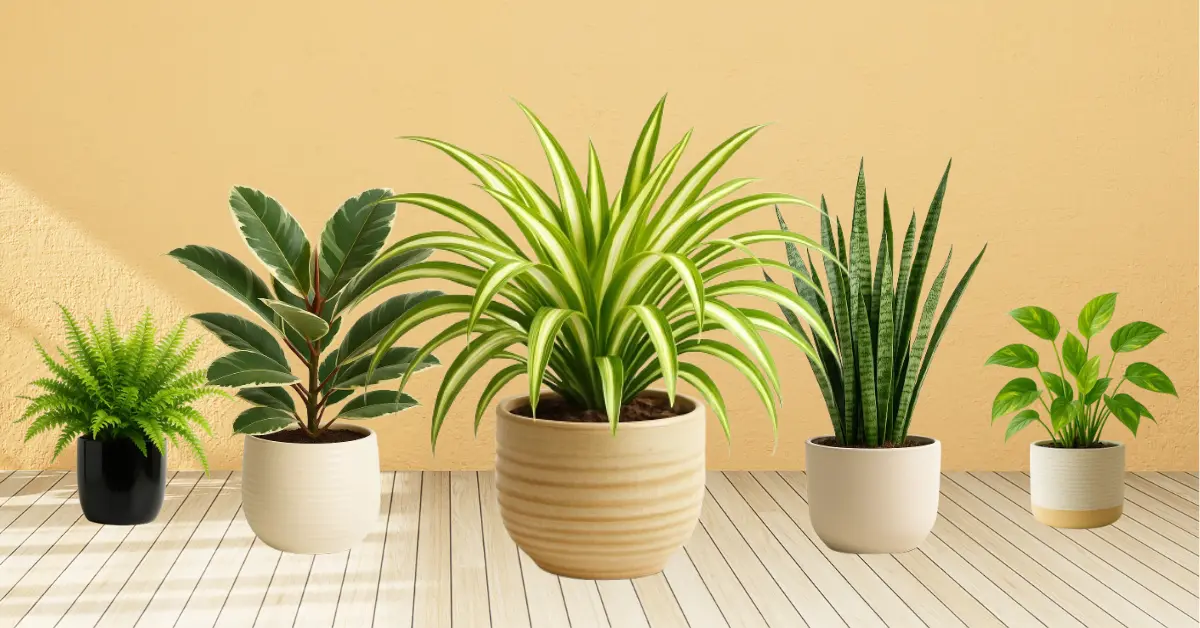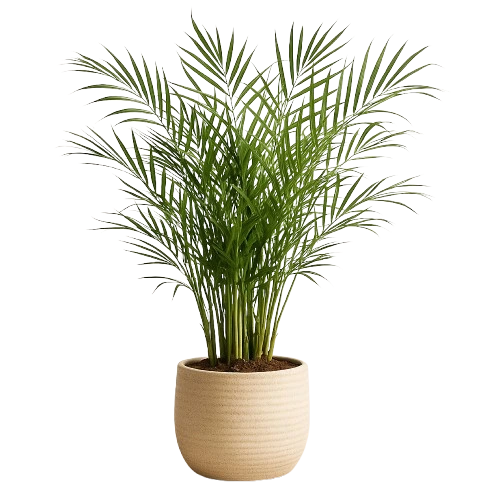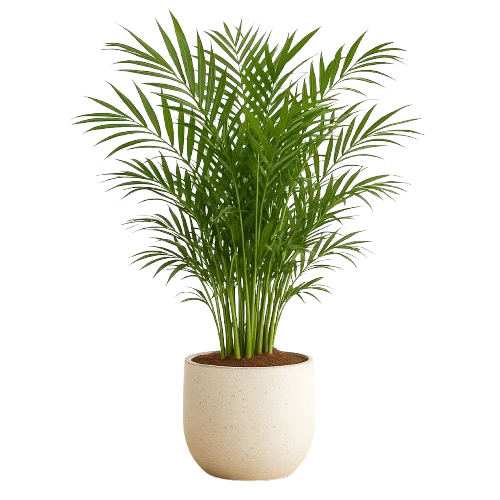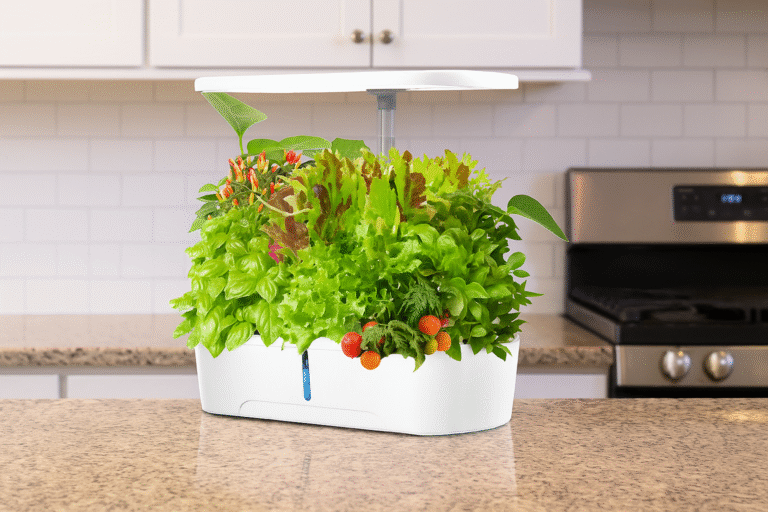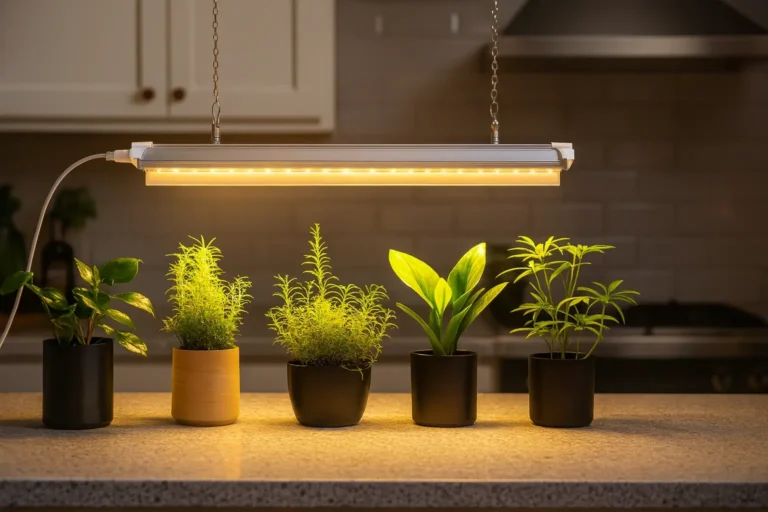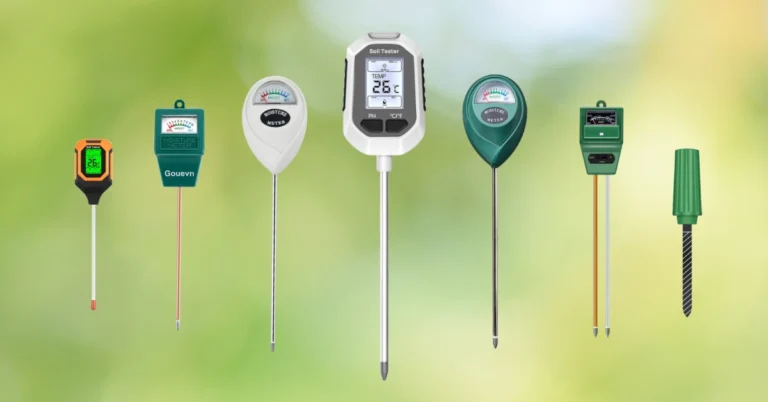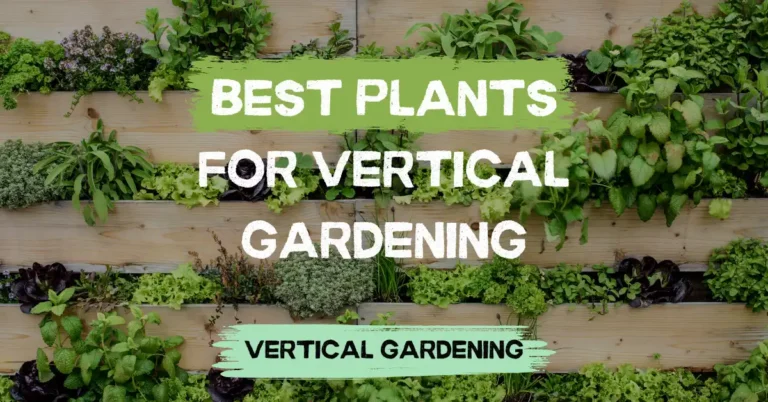Heads up: This post contains affiliate links, including Amazon links. If you click and buy, we may earn a small commission at no extra cost to you. After digging deep into what works in small spaces, we only recommend tools and products we believe in.
The air in your home may look clean, but it’s likely loaded with invisible pollutants from furniture glue, cleaning sprays, and wall paint fumes. And, poor ventilation only makes it worse. Many people assume an air purifier is the only fix, but nature gives us a helping hand. These indoor air purifying plants can absorb trace toxins, boost oxygen levels, and elevate your space’s entire feel.
In this guide, I’ll show you the best air purifying indoor plants you can buy today from both Amazon and a U.S.-based plant nursery like Perfect Plants. Note: Choosing Perfect Plants supports a U.S.-based nursery. Also, first-time customers often receive a discount, and you may frequently see sales or clearance deals on their site.
You’ll get kids and pet‑friendliness notes, ease‑of‑care tips, and light-tolerance tips. Whether you’re after a desk plant, a lush corner statement, or something trailing from a shelf, these indoor air purifying plants aim to make your home look better and breathe easier.
Table of Contents
ToggleCan Plants Really Purify the Air?
You’ve probably heard someone say a plant can detox your room. They’re not crazy, but they’re not quite right, either.
The idea that plants massively detox your home comes from the famous NASA air purifying plants study, which placed houseplants in sealed chambers and found some could reduce VOCs (volatile organic compounds) like benzene, formaldehyde, and trichloroethylene over time.
But those lab conditions don’t resemble real homes. In reality, you’d need hundreds of plants in a room-sized lab chamber to match that result, which is not exactly practical. In typical buildings, air exchange (ventilation) moves pollutants in and out far faster than a handful of potted plants could filter them.
But yes, plants do absorb trace pollutants and contribute modestly to micro‑air purification. But they’re not a one‑stop solution. Instead, we should treat them as a supportive tool (and aesthetic + mood boost), not a substitute for ventilation or air purifiers.
How to Choose the Best Air Purifying Indoor Plants
When choosing the best air purifying plants for your home, especially for small urban spaces, focus on these criteria:
Light tolerance
Favor plants comfortable in low to medium indirect light, or those that can tolerate shaded corners.
Size & Growth
Choose compact, upright, trailing, or slow-growing varieties. Vines or hanging types help use vertical space.
Maintenance
Low-maintenance plants are ideal and help avoid obsessions over perfect watering schedules.
Safety
Many indoor air purifying plants are toxic to kids, cats, or dogs. Always note whether a plant is safe.
TL;DR: Best Air Purifying Plants for Your Small Space
Short on time? Here’s a quick breakdown of the best air purifying plants for small spaces.
P.S. Don’t overthink it. Scan the list, then pick the one that feels like it *wants* to live in your room. Trust your instinct.
Plant
Light need
Maintenance
Safety
Buy Options
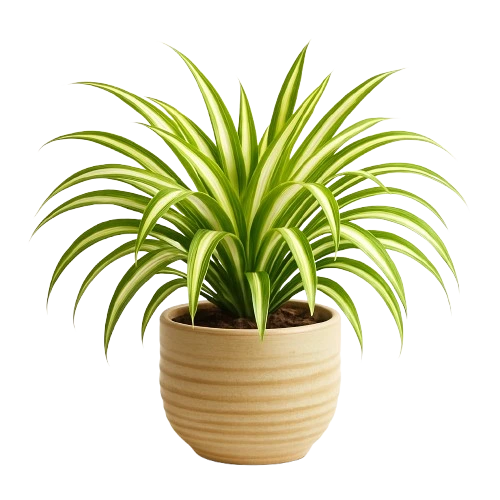
Spider Plant
Light need
Very Low
☀️
Maintenance
Moderate
💧💧💧
Safety
Non-toxic
✅
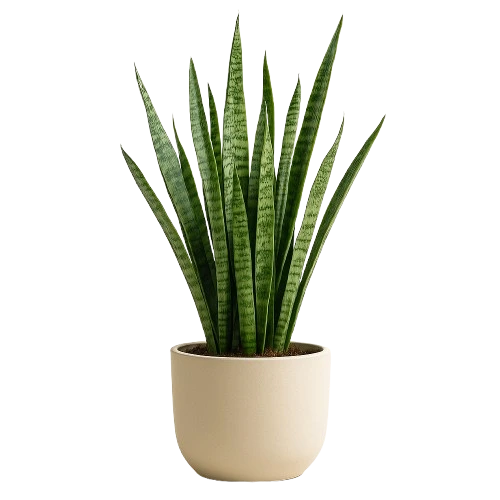
Snake Plant
Light need
Very Low
☀️
Maintenance
Very low
💧
Safety
Mildly toxic
⚠️
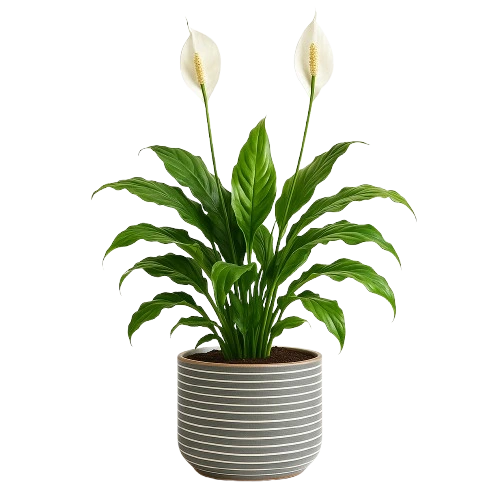
Peace Lily
Light need
Low
☀️☀️
Maintenance
Moderate
💧💧💧
Safety
Toxic
⚠️
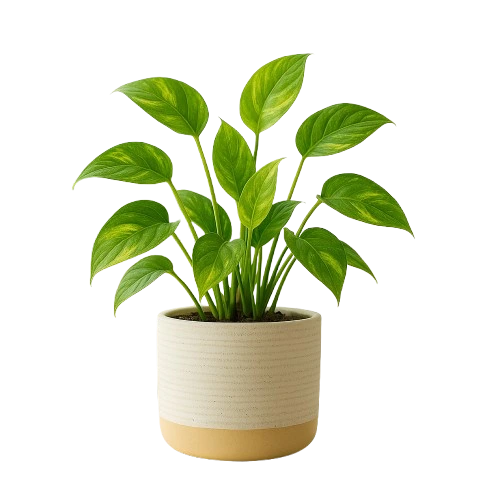
Golden Pothos
Light need
Low
☀️☀️
Maintenance
Moderate
💧💧💧
Safety
Toxic
⚠️
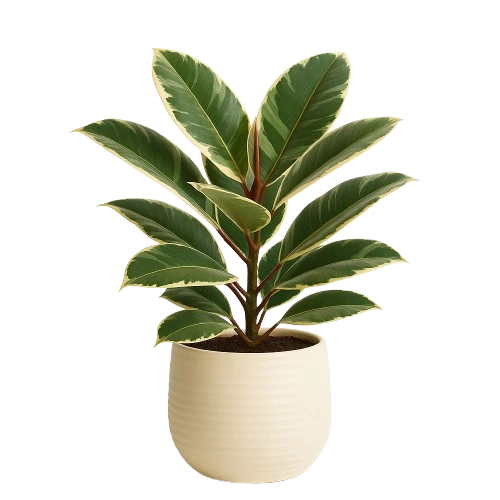
Rubber Plant
Light need
Moderate
☀️☀️☀️
Maintenance
Moderate
💧💧💧
Safety
Sap may irritate
⚠️
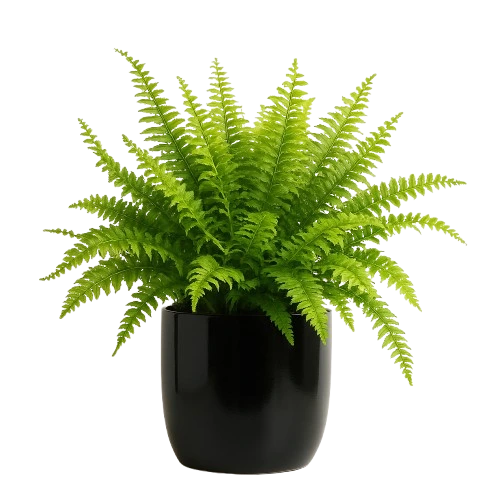
Boston Fern
Light need
High
☀️☀️☀️☀️
Maintenance
High
💧💧💧💧
Safety
Non-toxic
✅
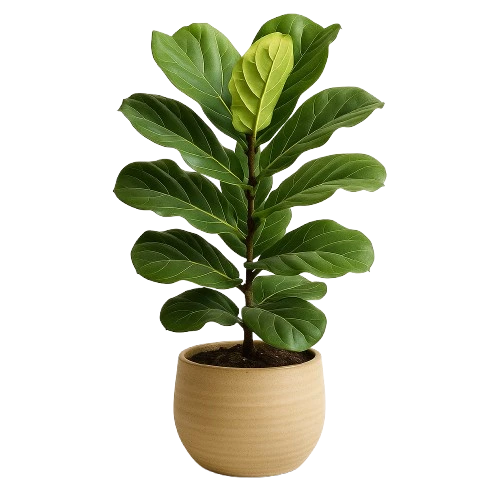
Fiddle Leaf Fig
Light need
High
☀️☀️☀️☀️
Maintenance
Moderate
💧💧💧
Safety
Mildly toxic
⚠️
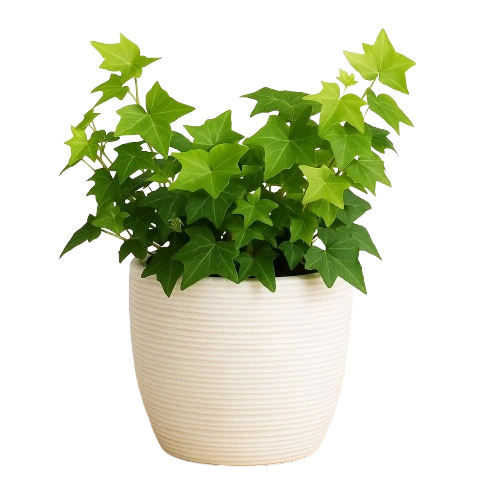
English Ivy
Light need
High
☀️☀️☀️☀️
Maintenance
Moderate
💧💧💧
Safety
Toxic
⚠️
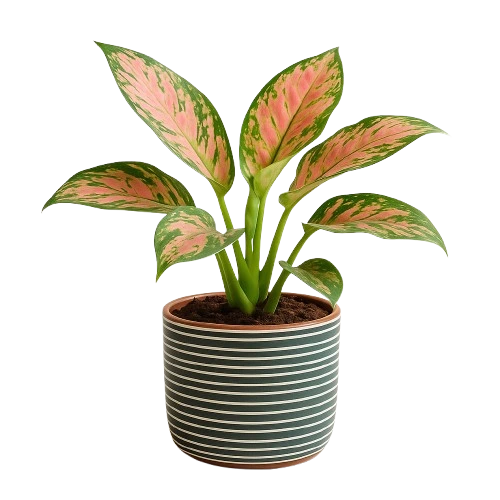
Chinese Evergreen
Light need
Low
☀️☀️
Maintenance
Low
💧💧
Safety
Mildly toxic
⚠️
That gives you a rapid overview. Scroll down for full profiles, “best for” breakdowns, pet‑and‑kids safety notes, and bonus picks + accessories (fertilizer, potting mix, etc.) to help your plants thrive from the moment they arrive.
Top Picks: 9 Best Air Purifying Plants You Can Buy Today
1. Spider Plant (Variegated)
- Non-toxic to kids & pets
- Tolerant of varying light
- Easy to propagate
- Good starter plant
- Might get crowded in a small pot
Light need
Low
Maintenance
Moderate
Safety
✅ Non-toxic
Best for
Hanging baskets, desks, forgiving beginner plant
I’ve grown over a dozen spider plants in low-light corners, and they stay green, crisp, and spread like crazy.
I once placed a variegated spider plant in a dark corner by my bookshelf to see what would happen. A few weeks later, its foliage was healthy, and that corner felt subtly fresher compared to the rest of the room. Spider plants are among the original air purifying indoor plant species, so I guess they do the work perfectly.
2. Snake Plant (Sansevieria trifasciata)
- Almost impossible to kill
- Works in low light
- Tolerates drought
- Minimal watering needed
- Slower growth in darker conditions
Light need
Very Low
Maintenance
Very Low
Safety
⚠️Mildly toxic if ingested
Best for
Low-light corners, bedrooms, “set it and forget it” care
The Snake plant earned its reputation by surviving neglect, and here’s how I know, hah. I once left (read: forgot) one in a near-dark closet for a month during a remodel, and it came out still upright and green (not really grown, though). It’s also known for converting CO₂ to oxygen at night, making it a popular choice as a bedroom air purifying plant.
3. Peace Lily
- Attractive foliage and flowers
- Tolerates lower light
- Visible stress signals (wilting)
- Sensitive to overwatering
Light need
Low
Maintenance
Moderate
Safety
⚠️Toxic if ingested
Best for
Shaded spots, decorative leaves + blooms
One of my friends kept a peace lily near her couch to counter paint fumes after redecorating. A week later, she said, “the air feels softer.” The peace lily is popular in floral design and known in air‑purification lists for VOC removal in lab studies.
4. Golden Pothos
- Fast growth
- Easy to prune
- Flexible for hanging or shelf use
- Resilient to varied conditions
- May turn yellow if overwatered
Light need
Low
Maintenance
Moderate
Safety
⚠️Toxic if ingested
Best for
Cascading shelves, trailing over edges
I had a golden pothos draped over a photo ledge. Within weeks, it spilled over the shelf and softened the space so much my mom thought I’d mounted a vertical living wall. Pothos is also known as one of the best air purifying plants for indoor use. That’s the Pothos vibe, it sneaks in, spreads out, and before you know it, your room’s breathing better.
5. Rubber Plant (Ficus Tineke)
- Broad glossy leaves add drama
- Good performance in moderate light
- Statement green presence
- Leaves attract dust, need dusting
Light need
Moderate
Maintenance
Moderate
Safety
⚠️Sap may irritate
Best for
Bold foliage statement, filling negative space
In one apartment I lived in, I used a rubber plant to fill a blank corner. And omg did it make the entire space “alive.” Big leaves = big visual impact.
6. Boston Fern
- Non-toxic, safe in shared spaces
- Soft, lush foliage fills space
- Adds texture & moisture feel
- Sensitive to dry air or direct sun
Light need
High
Maintenance
High
Safety
✅ Non-toxic
Best for
Humid rooms, soft textures, fill-in greenery
I have a Boston fern in my bathroom corner to help steam fade more quickly (and it does!). Its feathery texture softens harsh lines and adds life in compact spaces.
7. Fiddle Leaf Fig (Ficus lyrata)
- Dramatic foliage & statement presence
- Large leaf area for photosynthesis
- Tolerates standard indoor conditions
- Needs good light & consistent care
Light need
High
Maintenance
Moderate
Safety
⚠️Mildly toxic
Best for
Statement & structural foliage in bright spaces
I once placed a fiddle leaf fig by a south-facing window and watched it push new leaves toward the light. Its silhouette became a soft sculpture in the room.
You may also like to feed it with this nutrient formula designed for fiddle leaf figs from Perfect Plants, to support robust leaf growth (especially helpful in low-light months).
8. English Ivy (Hedera helix)
- Rapid growth
- Strong air-purifying ability
- Flexible for hanging or trellising
- Low maintenance, good for beginners
- Needs regular pruning to control spread
Light need
High
Maintenance
Moderate
Safety
⚠️Toxic if ingested
Best for
Trailing/climbing accents & wall planter
My mom draped a strand of English Ivy over a shelf, and in weeks it softened the edge among books. It looked amazing and we all thought the twist was faux green.
9. Chinese Evergreen (Aglaonema spp.)
- Non-toxic to kids & pets
- Tolerant of varying light
- Easy to propagate
- Good starter plant
- Might get crowded in a small pot
Light need
Low
Maintenance
Low
Safety
⚠️Mildly toxic if ingested
Best for
Low-to-medium light spaces, patterned foliage
I have a pink Chinese Evergreen in my home office’s corner. Although the light is modest, it stayed calm, green, and polite in its growth.
If your top picks are out of stock or you want extra variety, here are the other air purifying indoor plants that also belong to the best air purifying plants realm. Use these as backups or to diversify your greenery.
Air Purifying Indoor Plants: Honorable Mentions
Plant
Light need
Maintenance
Safety
Buy Options
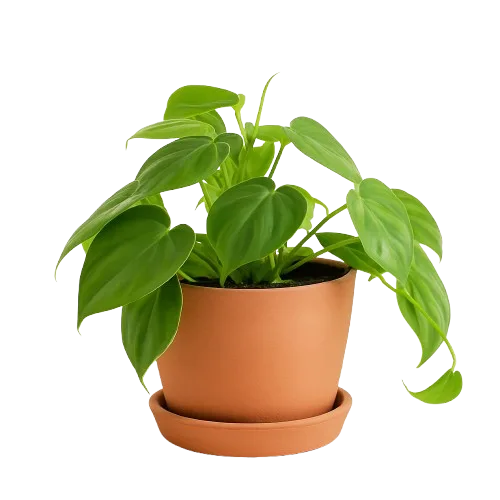
Philodendron
Light need
Moderate
☀️☀️☀️
Maintenance
Moderate
💧💧💧
Safety
Toxic
⚠️
How Many Air Purifying Plants Do You Really Need?
There’s no doubt that plants produce oxygen and help in air purification. But, to have a meaningful effect on indoor air, you’ll need somewhere between 300 – 10,000 plants (a lot, I know!).
So no, one plant won’t scrub your air, but it will start a habit, and that’s how environments change: one pot at a time.
The Best All-Around Air Purifying Plant for Small Spaces
If I had to pick just one plant from this list of best air purifying plants, my personal pick would be the Spider Plant.
It checks nearly every box: non-toxic to kids & pets, tolerates low to medium light, requires moderate care (yey!), and has a proven history in air purification studies. It also propagates easily, so you can expand your indoor green army without extra cost.
But here’s the real reason: the Spider Plant doesn’t just sit there, it cheers you on. One day, you’re ignoring it; the next, it’s grown a baby. You start rooting for it (literally), and without meaning to, it roots you back.
So if you’re staring at this list and unsure where to begin, begin here.
Start with one. Let it thrive. Let it change the air, and maybe a little bit of you, too.
Air Purifying Houseplants Add‑Ons (Soil, Fertilizer & Essentials)
To give your air purifying plants a strong start and minimize common care failures (ask me how I know…), these are key add-ons you should get, alongside the plants:
Accessory
Why It Helps
Buy on Amazon
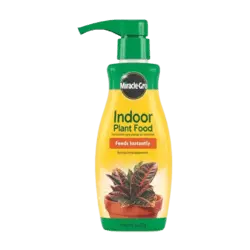
Liquid food
A balanced liquid fertilizer boosts health, especially when light is weak. Use diluted, monthly.
Buy on Amazon
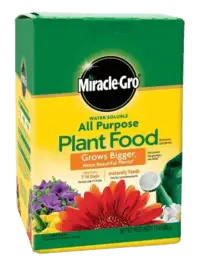
All Purpose Plant Food
Use a granular/soluble option for occasional feeding if you skip liquid doses.
Buy on Amazon
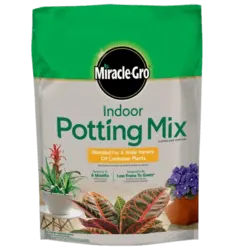
Indoor Potting Mix
A well‑formulated mix ensures good drainage + aeration, avoiding waterlogging or compaction.
Buy on Amazon
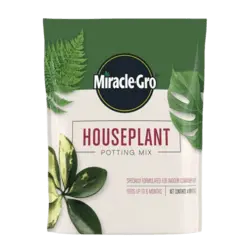
Houseplant Potting Mix
Fertilized + perlite mix helps reduce gnats, keeps soil light, and gives a slight nutrient bump out of the bag.
Buy on Amazon
How to Use These Add-ons Effectively
- Start fresh when planting: Use one of the potting mixes listed when you first pot or repot your plant. Don’t mix with heavy garden soil.
- Feed wisely: Use the liquid food during the growing season (spring through summer) at half strength to avoid root burn. If you skip a dose, the granular “All Purpose” product provides a backup.
- Monitor/adjust: If leaves yellow or growth stalls, scale back or pause fertilizing and check watering habits.
- Potting mix turnover: Refresh the top 1–2 inches or repot every 12–18 months. Clean out old soil to avoid compaction and gnat buildup.
Frequently Asked Questions
Do plants really purify indoor air?
Yes, to a modest degree: labs show plants reduce VOCs in sealed chambers, but in real homes, ventilation dominates.
Which air purifying plants are kids & pet safe?
Spider plant and Boston fern rank high for safety; others like Peace Lily, Pothos, and Rubber Plant need caution if ingested.
How often should I fertilize and water?
Use a mild liquid fertilizer monthly during the growing season.
Which potting mix is best?
Use a well‑draining indoor mix (with perlite or aeration) rather than garden soil.
How many plants do I need per room?
A rough rule: start with one plant per ~100 sq. ft. for a mild effect, but more helps in weakly ventilated rooms.
Conclusion
Indoor air can feel stale from off‑gassing from furniture, cleaners, plastics, and poor ventilation, making breathing less fresh than it should be. That’s why air purifying indoor plants are more than decorative green friends: they help filter trace pollutants (VOCs), add oxygen, boost humidity, and make your space feel alive.
Start with 2–3 plants from this guide, pair them with good soil and light, and add a soil moisture sensor if you tend to over- or underwater. You’ll build a mini‑ecosystem that passively supports cleaner air and a calmer, cozier vibe.
You don’t need a jungle. Just a few living things that root in and say, this space is mine now. And yours.
Start small. Breathe easier. Let’s grow together.
Want to go vertical? Check out our guide on best plants for vertical gardening, perfect for small spaces and plant-lovers without floor space to spare.

